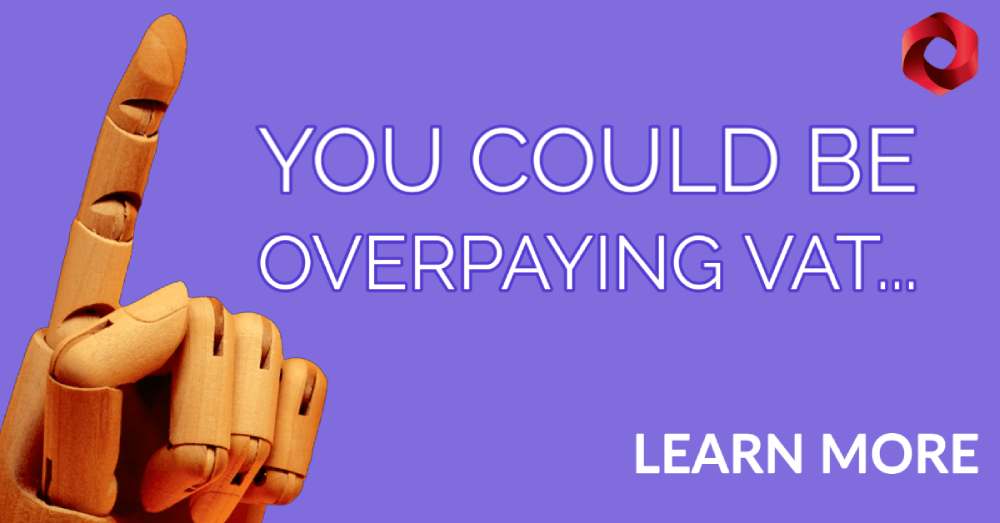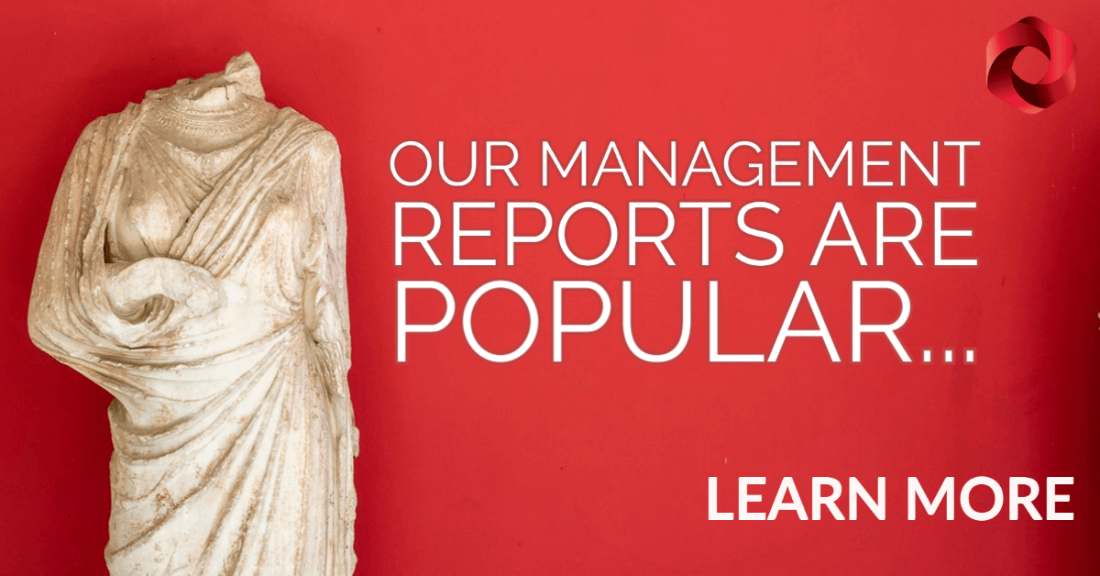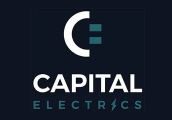S455 | Tax on Directors’ Loan Account
- February 2022
- 5 minutes
Taking money from the business for personal use when trading as a sole trade or partnership is normally easy and straightforward and unless proprietors’ drawings are a major drain on the business’ assets, there are generally no tax implications.
However, because a company is a separate legal entity, withdrawing funds from it (even if you’re a director or shareholder) necessitates far more thought.
In this article, we look at the consequences of an overdrawn director’s loan account and how they can be mitigated or avoided.
 What is an overdrawn Director’s Loan Account?
What is an overdrawn Director’s Loan Account?
If a payment is made to a director that is not part of their standard remuneration package (typically salary and dividends), it is usually credited to their director’s loan account. In most cases, the only other option is to declare the payment as a bonus, but bonuses can be costly in terms of tax and National Insurance.
If the director has a balance on their director’s loan account, they can draw down on it with no tax consequences or reporting requirements. It’s as if they have a bank account from which they can withdraw funds as long as the account is in credit.
However, once the available funds are exhausted, the director is in default and, therefore, a debtor of the company. This can have two implications:
 Corporation tax charge – S455
Corporation tax charge – S455
To begin, if a balance remains outstanding on their loan account at the end of the fiscal year, the company may be subject to a tax charge known as S455. However, this only applies to ‘close companies,’ which are defined as businesses with fewer than five shareholders/directors.
The loan account balance must be shown on supplementary pages of the corporation tax return (CT600), and the S455 charge is calculated as 32.5 percent of the outstanding balance on the director’s loan account at the end of the period. S455 tax is due nine months and one day after the end of the applicable accounting period.
Because an overdrawn director’s loan account is effectively an interest-free loan, S455 is intended to discourage companies from providing such generous perks to their directors. However, S455 is unusual in that it is only temporary – it is repaid to the company by HM Revenue & Customs (HMRC) as the director repays the loan.
Furthermore, you only pay S455 on loan advances, not the entire loan balance. So, if your loan balance increased from £15,000 to £18,000 this year, you’d only pay S455 on the extra £3,000, not the entire £18,000.
Where the loan is repaid within nine months of the end of the accounting period though, relief is due immediately, i.e. the S455 is never physically paid (although disclosure is still required in the company’s tax return).
 Beneficial Loan benefit in kind
Beneficial Loan benefit in kind
The second implication of an overdrawn director’s loan account is that it can trigger a benefit in kind for the so-called ‘beneficial loan’. As mentioned above, an overdrawn director’s loan account is effectively an interest-free loan. Consequently, the director is taxed on the interest that would have been due if it had been a normal loan on the open market (the calculation of which is stipulated by HMRC).
There are a few exceptions, when a taxable benefit for a beneficial loan does not arise:
- The company charged the director interest (there are criteria surrounding this)
- The loan is deemed ‘small’, i.e. it is under £10,000 throughout the tax year
 Watch out for benefits in kind
Watch out for benefits in kind
The returns for Benefits in Kind are called P11Ds. You must supply copies and the P11D(b) (which shows the company’s Class 1A National Insurance liability) to HMRC by 6th July. The P11Ds will summarize what’s happened to the overdrawn director’s loan account across the tax year (not the company’s accounting year-end).
This means if your company’s year-end is not 31st March (i.e., the tax year), you will need to draw up your books mid-year to complete your P11Ds if you have an overdrawn director’s loan account.
If your director’s loan account is overdrawn and you believe it will exceed £10,000 at any point during the tax year, you must complete the P11Ds and P11D(b) forms on time. If your P11D(b) is late, you will be fined £100 per 50 employees for each month or part month that the return is late. If you pay HMRC late, you will also be charged penalties and interest.
 The interaction between S455 and the benefits code
The interaction between S455 and the benefits code
The interaction between S455 and the benefits code can lead to some unexpected consequences:
- A S455 charge may be mitigated by an declaration of a dividend after the year end. However, if the balance on the loan was over £10,000 at some point, then a benefit in kind would arise.
A loan remains under £10,000 throughout the year but does not get repaid by the year end or within the nine months following. This would result in a S455 charge payable but no benefit in kind arising.
As you can see, an overdrawn director’s loan account could result in a S455 charge or a benefit – or both.
 Record keeping and disclosure
Record keeping and disclosure
Good record keeping with regards to a director’s loan account is essential. Poor records could result in the misallocation of expenses/ payments and ultimately, the right taxes not being paid, and a note is required in the accounts where a loan account is overdrawn.
Overall, the key is to keep timely accurate records and to keep the transactions relating to each of the directors and each of their loans separate.
 How to deal with an overdrawn director’s loan account
How to deal with an overdrawn director’s loan account
As with a lot of scenarios, it’s hard to give one solution that will suit everyone’s circumstances. However, if the overdraft persists for some time, it may be preferable for the company to declare dividends (profits permitting). Although there will almost certainly be personal tax due on the dividends, it should be a one-off hit, whereas the impact of an overdrawn director’s loan account can go on year-after-year. Dividends also do not attract National Insurance, so it is also likely to be a cheaper option too.















